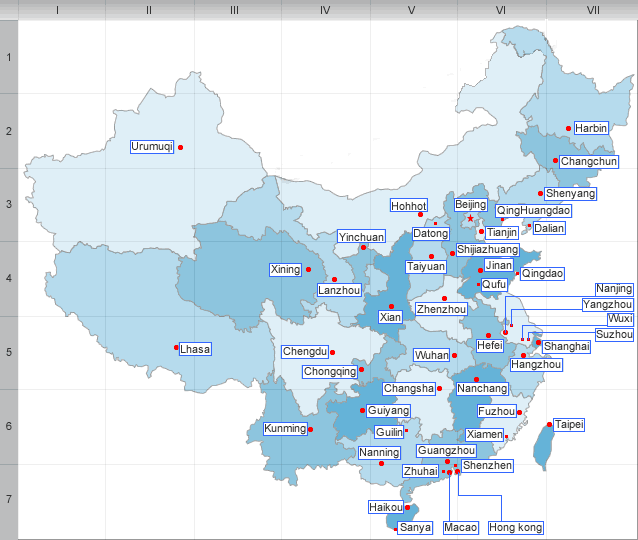Economy of Heilongjiang
Economy
The agriculture of Heilongjiang, heavily defined by its cold climate, is based upon crops such as soybeans, maize, and wheat. Commercial crops grown include beets, flax, and sunflowers.
Heilongjiang is also an important source of lumber for China. Pine, especially the Korean pine and larch are the most important forms of lumber produced in Heilongjiang. Forests are mostly to be found in the Daxingan Mountains and Xiaoxingan Mountains, which are also home to protected animal species such as the Siberian Tiger, the red-crowned crane, and the lynx.
Herding in Heilongjiang is centered upon horse and cattle. Heilongjiang has the greatest number of milk cows and the highest production of milk among all the province-level divisions of China.
Petroleum is of great importance in Heilongjiang, and the Daqing oilfields are an important source of petroleum for China. Coal, gold, and graphite are other important minerals to be found in Heilongjiang. Heilongjiang also has great potential for wind power, with an average wind energy density of 200 watts per square metre.
Heilongjiang is the traditional base of industry for the People’s Republic of China. Industry is focused upon coal, petroleum, lumber, machinery, and food. Due to its location, Heilongjiang is also an important gateway for trade with Russia. In recent years, however, Heilongjiang has suffered from stagnation. As a result, the government has started the Revitalize Northeast China campaign to deal with this problem.
| PREV:History of Heilongjiang | Next:Geography and climate of Heilongjiang |



